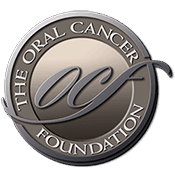FDA issues graphic cigarette labels
Source: apnews.myway.com Author: Michael Felberbaum In the most significant change to U.S. cigarette packs in 25 years, the Food and Drug Administration on Tuesday released nine new warning labels that depict in graphic detail the negative health effects of tobacco use. Among the images to appear on cigarette packs are rotting and diseased teeth and gums and a man with a tracheotomy smoking. Also included among the labels are: the corpse of a smoker, diseased lungs, and a mother holding her baby with smoke swirling around them. They include phrases like "Smoking can kill you" and "Cigarettes cause cancer" and feature graphic images to convey the dangers of tobacco, which is responsible for about 443,000 deaths in the U.S. a year. Each label includes a national quit smoking hotline number. The labels will take up the top half of a pack of cigarette packs. Warning labels also must appear in advertisements and constitute 20 percent of an ad. Cigarette makers have until the fall of 2012 to comply. Mandates to introduce new graphic warning labels were part of a law passed in 2009 that, for the first time, gave the federal government authority to regulate tobacco, including setting guidelines for marketing and labeling, banning certain products and limiting nicotine. The announcement follows reviews of scientific literature, public comments and results from an FDA-contracted study of 36 labels proposed last November. In recent years, more than 30 countries or jurisdictions have introduced labels similar to those being introduced by the FDA. [...]
